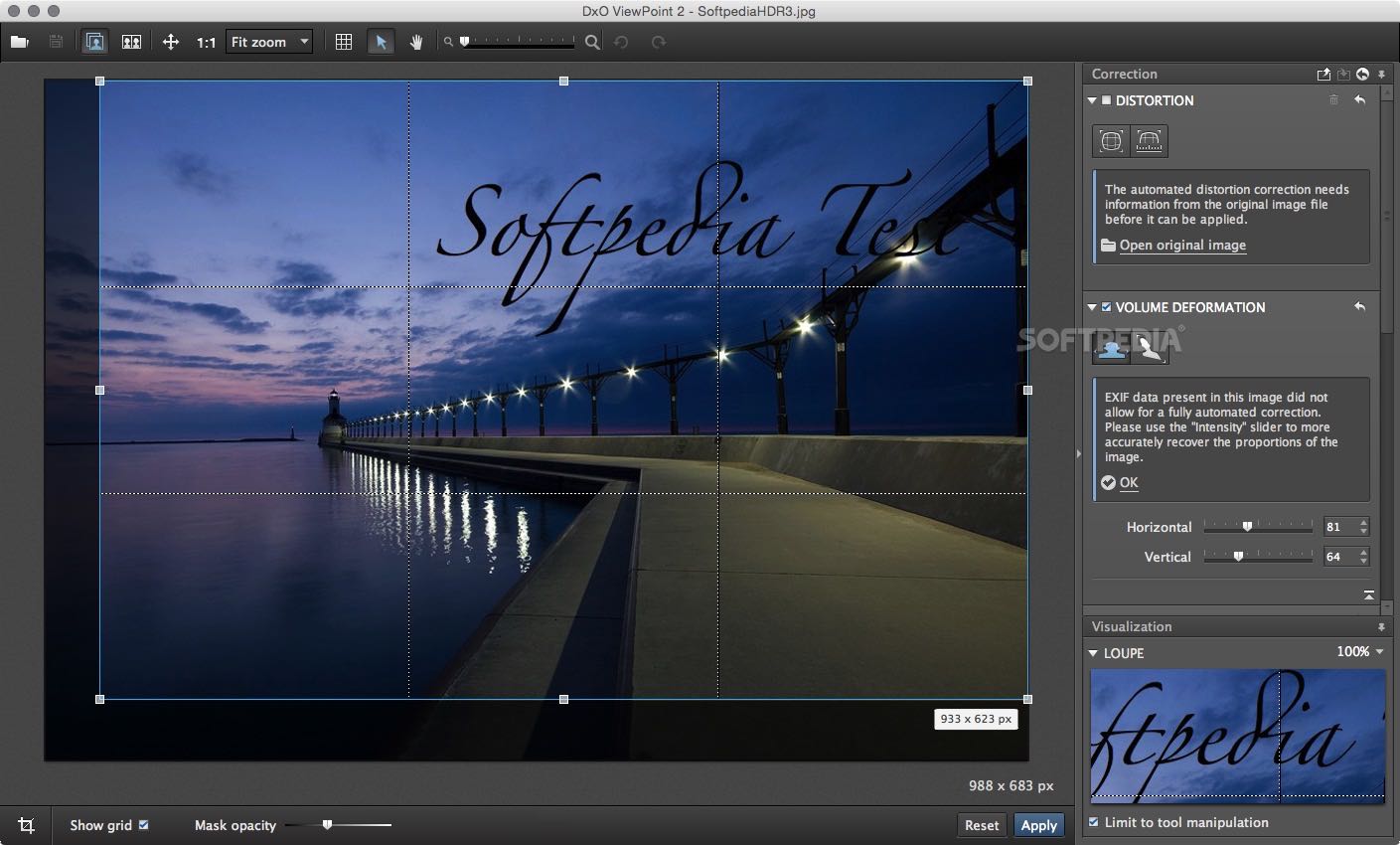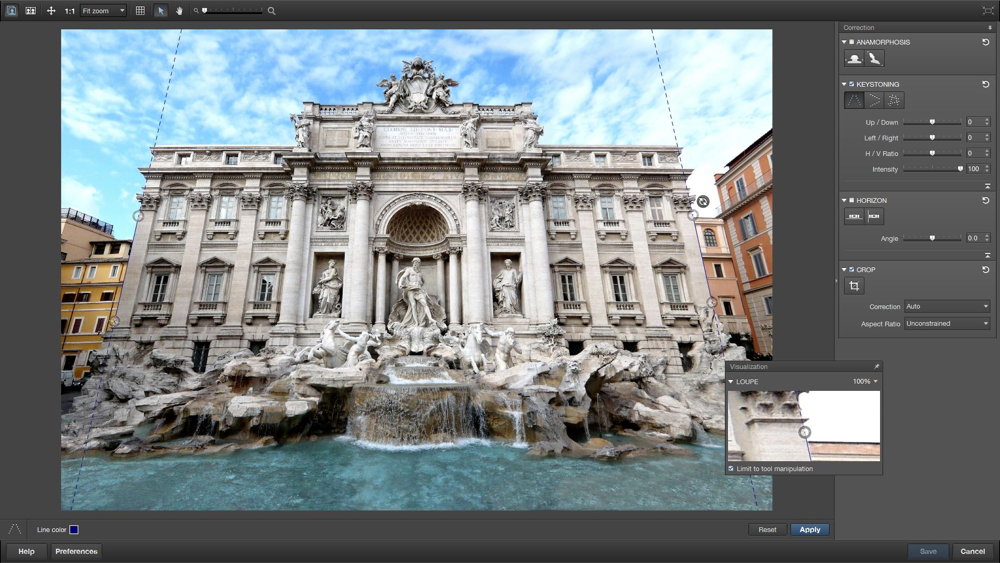

alone, Lr handles this easily and I prefer Lr’s crop functionality.Ĭaveat: DPL can cause colors to change in a way that makes them hard to correct in Lr.


IMO, distortion correction should be the last or next to last step if you’re output sharpening. I’ll give Nikon credit for at least making it “automatic” and possible on NEFs.Back to DxO – The main issue is distortion correction is really all I want to use it for and I’m a little frustrated by how it integrates with Lightroom – I can’t (or shouldn’t, according to DxO) make any adjustments to my file in Lightroom prior to correcting distortion which seems totally ass-backwards to me. This got me pretty excited at first as I thought Nikon must know their lens characteristics even better than DxO does, but it seems their correction method is more along the generic lines of what Photoshop does rather than truly customized to a particular lens and when comparing it to DxO results, they don’t look quite as good.
Ptlens vs dxo viewpoint software#
You can also use software such as PtLens, DxO optics or Photoshop to de-fish the image reducing distortion to a minimum.Ī fisheye lens offers semi-macro magnification with a super-wide field of view, they are easy to use, fast and very fun, next time you plan a landscape trip don’t forget to put your fisheye in your bag.I’ve been sort of obsessing about this for a little while now – I’m trying to determine the best course of action when it comes to dealing with lens distortion.I started out using Photoshop’s Lens Correction filter which works ok in a generic kind of way, then I gave DxO a shot which works extremely well for distortion correction (more on that in a minute), and recently tried Capture NX 2 as I noticed it has lens correction as well.

And if you don’t have anything really close to the camera you can have perfect focus at F2.8, that’s a very nice thing for night-time photography.ĭistortion and perspective are two huge variables when using a fisheye lens, pointing the lens slightly up or down will make the horizon a curve, that can be used as a tool for some creative ideas or it can be controlled trying to keep the camera level for minimum distortion. This means you can put a foreground object almost touching the front element of the lens to take a semi-macro picture while at the same time having a very wide field of view for the landscape.įocusing is very easy, as fisheye lenses have a really large Depth of field (DOF), if you use F8 or F11 chances are everything will be in sharp focus from foreground to background. The most important thing about a fisheye lens in landscape photography is that they have a really wide field of view and at the same time they have a very short minimum focus distance (MFD). Fisheye lenses are often used to create panoramas, for action shots in sports or to take funny portraits but they can also be used in landscape photography as a very interesting tool to explore some creative compositions.


 0 kommentar(er)
0 kommentar(er)
